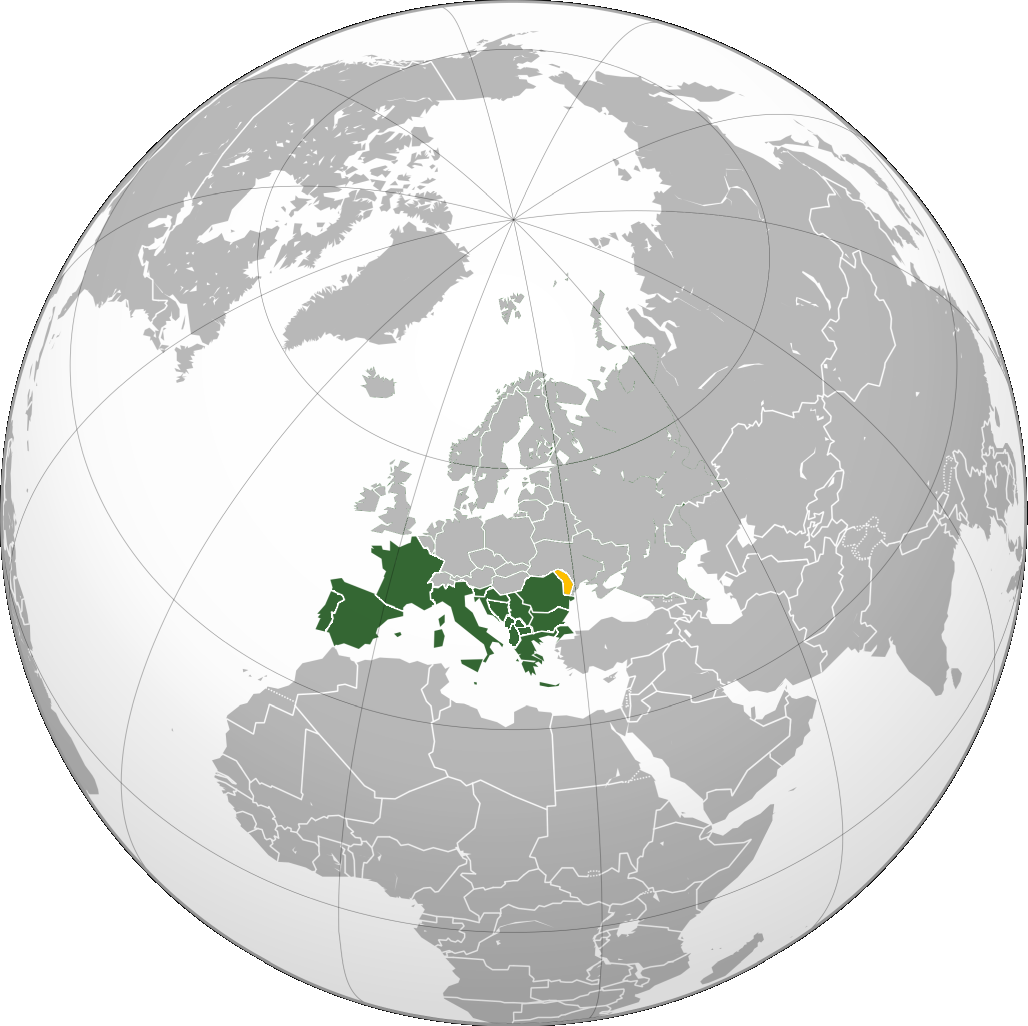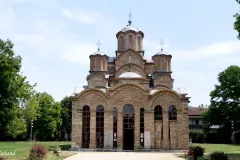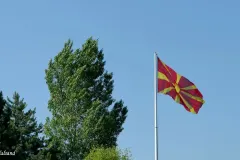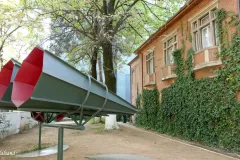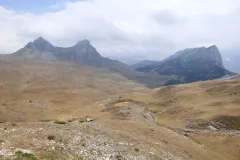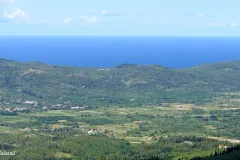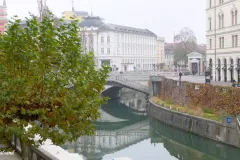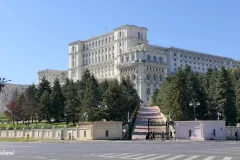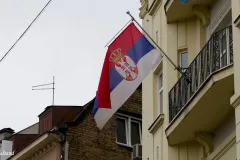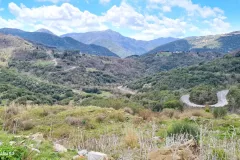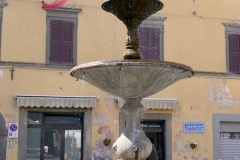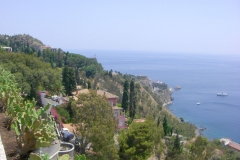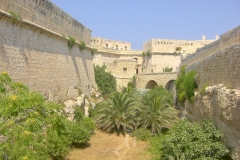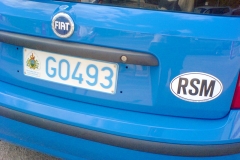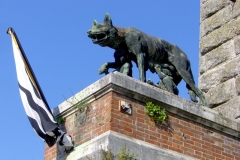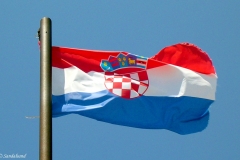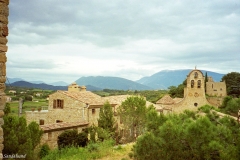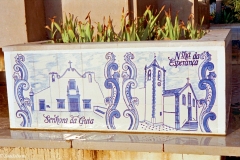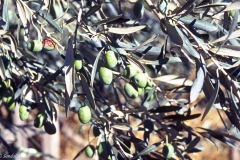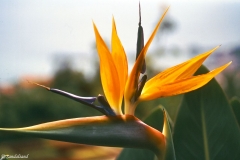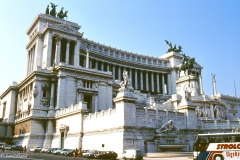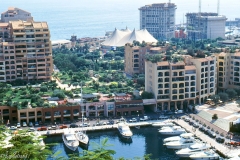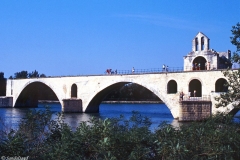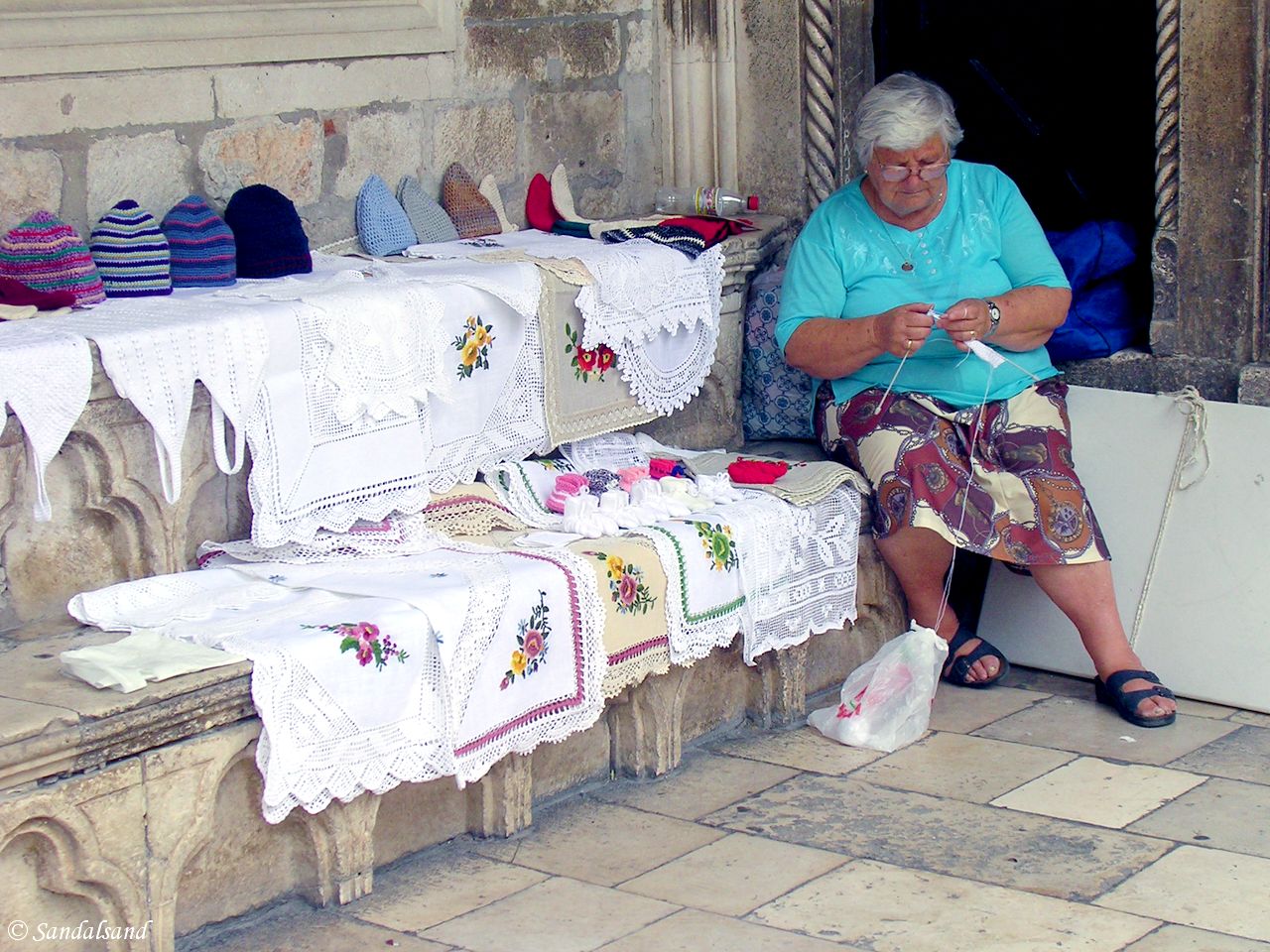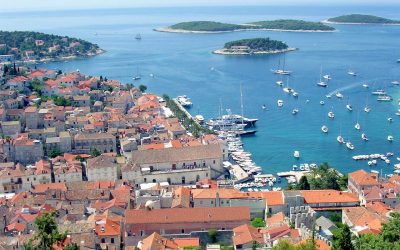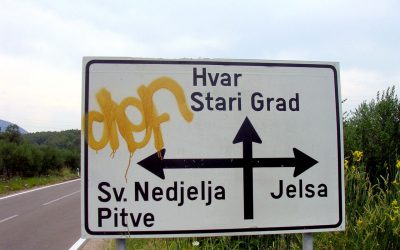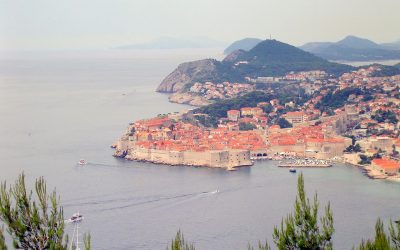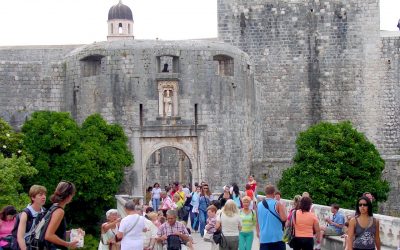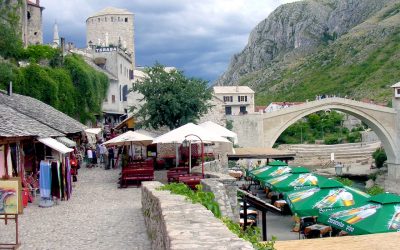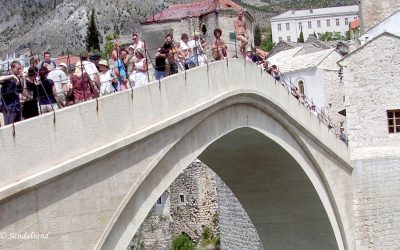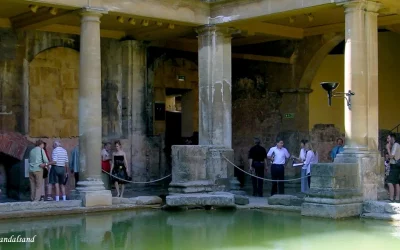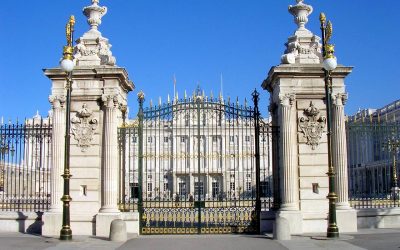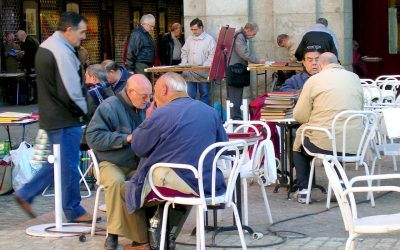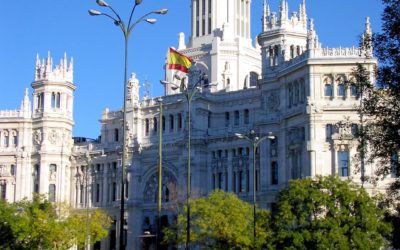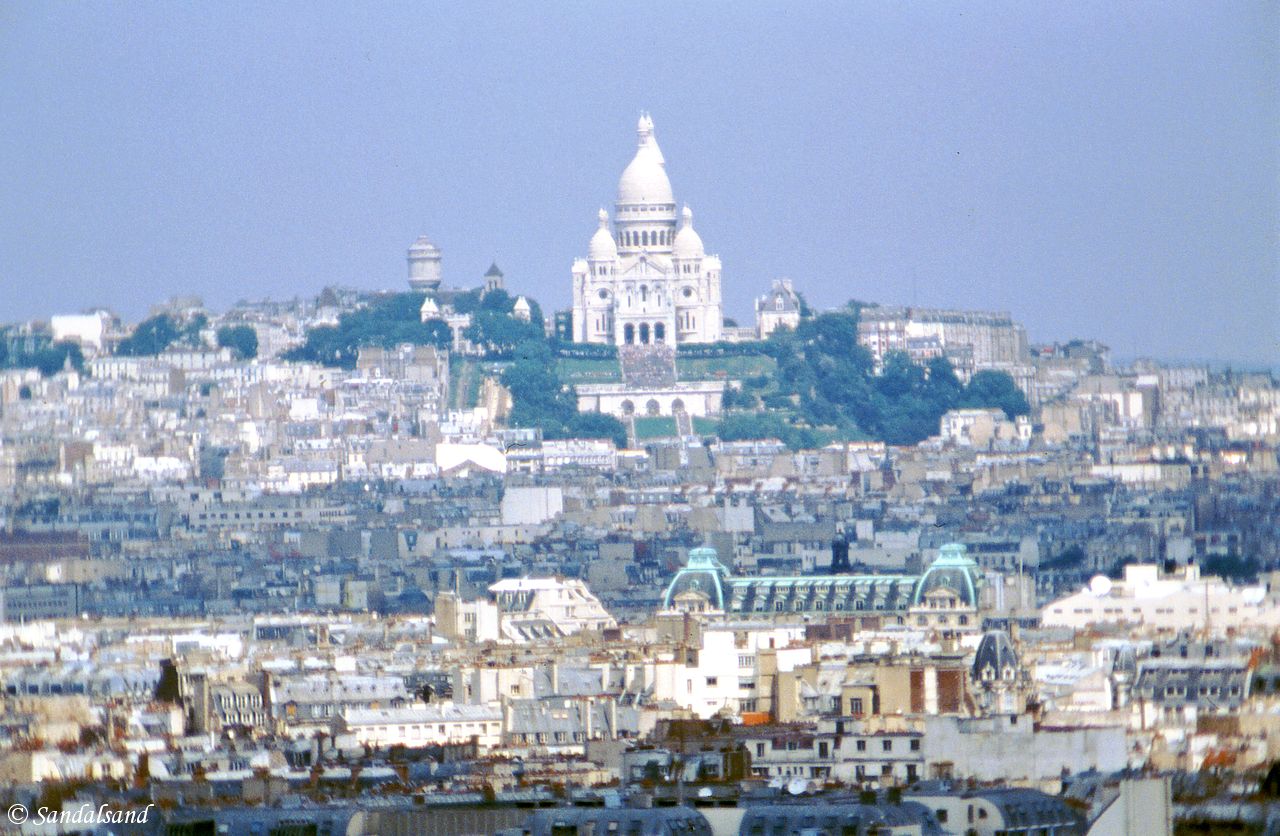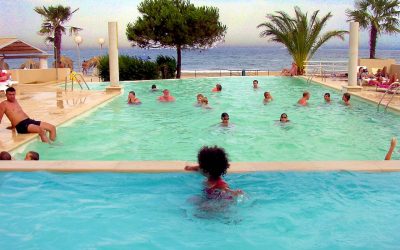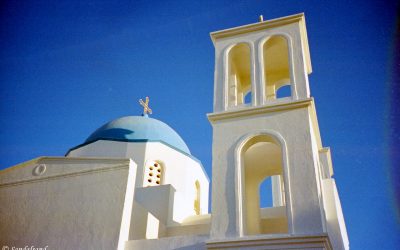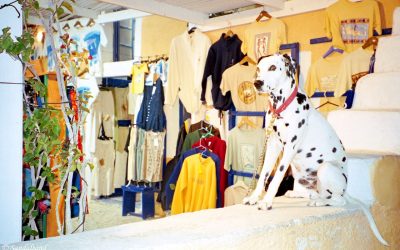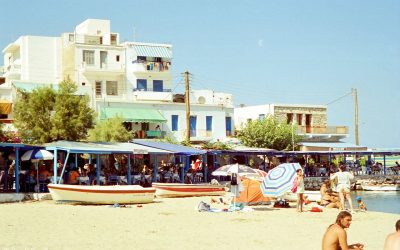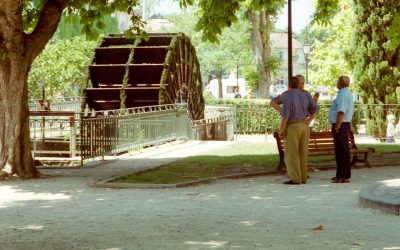Intro
States
Photos
Blog
Facts
Overall impressions
We were astonished and very tempted to buy whatever we could. Unfortunately, our means of transportation rendered that temptation unfeasible.
Italy is in itself one giant antiquity market, in my view. The country had its two historic heydays during the Roman Empire and the Renaissance, a millennium apart. In between those periods and ever since, the country has dwindled into not much more than showing off the remains of its past. Tourists flock in to admire the Coliseum and the Sistine Chapel, the two most known buildings of those two eras.
Sad to say that goes for much of the rest of Southern Europe as well. I am quite pessimistic for the future of this large and varied region (and for the rest of Europe as well). It seems to be splitting apart once more, promoting self-interests and losing in the global competition like the rest of the old world. On the other hand, I find this famous quote quite illustrative in an amusing yet informative way.
In Italy, for 30 years under the Borgias, they had warfare, terror, murder and bloodshed, but they produced Michelangelo, Leonardo da Vinci and the Renaissance. In Switzerland they had brotherly love, they had 500 years of democracy and peace – and what did that produce? The cuckoo clock.” (Orson Welles)
Countries
Albania | Andorra | Bosnia and Herzegovina | Bulgaria | Croatia | France | Greece | Italy | Kosovo | Malta | Moldova | Monaco | Montenegro | North Macedonia | Portugal | San Marino | Romania | Serbia | Slovenia | Spain | Vatican (Holy See)
I have made it to 19 independent countries out of 21. Click the links above to view all articles from a particular country.
My definition of Southern Europe are the countries adjacent to the Mediterranean Sea and on the west coast of the Black Sea. Give or take a few for practical purposes. Portugal borders for instance the Atlantic. Cyprus is politically and culturally also part of this region, but I have chosen to group it where it belongs geographically, as part of what I have called the Middle East and Africa.
Kosovo is not universally accepted as an autonomous country, and has not been allowed membership of the United Nations. The Vatican is recognised by other countries, but it has preferred to stay outside the UN.
This is a map of the region and Sandalsand’s visited and non-visited countries.
Photo galleries
Open the box to view a multitude of picture galleries from Sandalsand’s travels in this region.
Click to show or hide
For the best experience, open a picture gallery in a new tab or window.
Posts from Southern Europe
A summer in Croatia and Bosnia-Herzegovina
Croatia and to a lesser extent Bosnia-Herzegovina have been rapidly growing as premier tourist destinations in the Mediterranean. We wanted to go...
VIDEO – Croatia – Hvar
The island of Hvar on the Croatian Adriatic coast is beautiful. This video concentrates on the northern part, in and near the city of Hvar. The...
World Heritage #1240 – Stari Grad Plain
The Stari Grad Plain is plain in the sense of being remarkably anonymous. Still it has a long history of being cultivated. The UNESCO World Heritage...
World Heritage #0095 – Old City of Dubrovnik
The Old City of Dubrovnik is a perfect Medieval fortress with fascinating buildings inside. It draws thousands of visitors every year. The UNESCO...
VIDEO – Croatia – Dubrovnik
This video is from Dubrovnik. The Croatian fortified coastal "Old City of Dubrovnik" is no. 95 on UNESCO's World Heritage List. The Old Town is a...
Pictures from Bosnia and Herzegovina
This is a collection of pictures from Bosnia and Herzegovina, the result of a trip in 2006 to the Adriatic coast. If you look up my articles from...
VIDEO – Bosnia and Herzegovina – Mostar
This video from Bosnia and Herzegovina is mostly from Mostar. "Old Bridge Area of the Old City of Mostar" is famous and picturesque, and it is no....
World Heritage #0946 – Mostar
The bridge in the Muslim part of Mostar became a World Heritage after its destruction in the civil war. It is now a major attraction. The...
World Heritage #1613 – Great spa towns of Europe
Eleven great spa towns in seven countries across Europe are on the World Heritage List. They developed from natural mineral water springs. The...
VIDEO – Spain – Madrid
This video from Madrid consists of videos and animated photographs from a weekend in Madrid. Locals and others will find it illustrating of what...
Madrid, the Spanish capital
Madrid is a capital and has been so for centuries. That is easy to notice walking and driving around this city of royals. We had no...
World Heritage #1618 – Paseo del Prado
Let us go to Madrid and a heritage site with a very long name; Paseo del Prado and Buen Retiro, a landscape of Arts and Sciences. The UNESCO World...
Pictures from France
This is a collection of Sandalsand's pictures from France. They are digital evidence of trips to different parts of the country over many years. If...
Corsica, an island in the sun
This summer we chose a destination where everybody, big and small, could have their wishes realised. Therefore we went to Corsica. The boys...
VIDEO – France – Corsica – North Coast
This is a video from a car ride from the east coast to the north western coast of Corsica. Key words are Corte, L'Île-Rousse and the Artisan Route...
VIDEO – France – Corsica – East Coast
This is a video from a car ride down the east coast of Corsica. It runs from Bastia to Porto Vecchio, on to the Palombaggia Beach and ends in...
Greece – The island of Schinoussa
Schinoussa is a small Greek island of only 9.5 square km housing around 200 permanent inhabitants. It was a very quiet island when we arrived with...
Greece – The island of Santorini
Welcome to the island of Santorini, Greece. Island hopping in Greece is for all ages. We travelled with two children aged 4 and 6 who carried their...
Greece – The island of Naxos
Naxos is the largest of the Cyclades islands in Greece and its 18,000 inhabitants make it the most populous as well. It has a varied geography with...
Villages and towns of Provence
There are numerous villages and towns in Provence worthy a visit. A visitor has many opportunities and not all are very different. It all depends on...
Roman ruins and medieval fortresses in Provence
We will explore Roman ruins and medieval fortresses in Provence. The name stems from its status as “province” in the Roman era. Pont du Gard There...
Provence – What is it?
What is it with Provence? Foreigners having spent a year or more write books warning us of the difficulties visitors face. Yet we are still lured...
Sun, sand and excursions on the Algarve coast
We went for the sun in the shoulder season and were rewarded with more than lazy days on the sandy beaches of Algarve, in the south of Portugal....
Greece – The islands of Skiathos and Skopelos
Skiathos and Skopelos are two islands in the Aegean, north of Athens. We flew in for a week at the end of the season. The window shutters were being...
A fact sheet
This is Wikipedia’s introduction to Europe as a whole.
Map and numbers
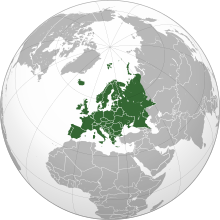
- Area: 10,180,000 km2
- Population: 741,447,158 (2016)
- Population density: 72.9/km2
- Nominal GDP: $20.2 trillion (2017)
- PPP GDP: $26.7 trillion (2017)
- Per capita GDP: $27,330 (2017)
- HDI: 0.845
- Countries: 50 sovereign states, one observer, 6 with limited recognition
- Dependencies: 6 dependencies
Geography
Europe is a continent located entirely in the Northern Hemisphere and mostly in the Eastern Hemisphere. It is bordered by the Arctic Ocean to the north, the Atlantic Ocean to the west and the Mediterranean Sea to the south. It comprises the westernmost part of Eurasia.
Since around 1850, Europe is most commonly considered as separated from Asia by the watershed divides of the Ural and Caucasus Mountains, the Ural River, the Caspian and Black Seas and the waterways of the Turkish Straits. Though the term “continent” implies physical geography, the land border is somewhat arbitrary and has moved since its first conception in classical antiquity. The division of Eurasia into two continents reflects East-West cultural, linguistic and ethnic differences, some of which vary on a spectrum rather than with a sharp dividing line. The border does not follow political boundaries, with Turkey and Russia being transcontinental countries.
Europe covers about 10,180,000 square kilometres, or 2% of the Earth’s surface (6.8% of land area). Politically, Europe is divided into about fifty sovereign states of which the Russian Federation is the largest and most populous, spanning 39% of the continent and comprising 15% of its population. Europe had a total population of about 741 million (about 11% of the world population) as of 2016. The European climate is largely affected by warm Atlantic currents that temper winters and summers on much of the continent, even at latitudes along which the climate in Asia and North America is severe. Further from the sea, seasonal differences are more noticeable than close to the coast.
History
Europe, in particular ancient Greece, was the birthplace of Western civilization. The fall of the Western Roman Empire in 476 AD and the subsequent Migration Period marked the end of ancient history and the beginning of the Middle Ages. Renaissance humanism, exploration, art and science led to the modern era. From the Age of Discovery onwards, Europe played a predominant role in global affairs. Between the 16th and 20th centuries, European powers controlled at various times the Americas, almost all of Africa and Oceania and the majority of Asia.
The Age of Enlightenment, the subsequent French Revolution and the Napoleonic Wars shaped the continent culturally, politically and economically from the end of the 17th century till the first half of the 19th century. The Industrial Revolution gave rise to radical economic, cultural and social change in Western Europe and eventually the wider world. Both world wars took place for the most part in Europe, contributing to a decline in Western European dominance in world affairs by the mid-20th century as the Soviet Union and the United States took prominence. During the Cold War, Europe was divided along the Iron Curtain between NATO in the West and the Warsaw Pact in the East, until the revolutions of 1989 and fall of the Berlin Wall.
Source
Wikipedia on a Creative Commons Attribution-ShareAlike License. Date: 2018-06-22.

